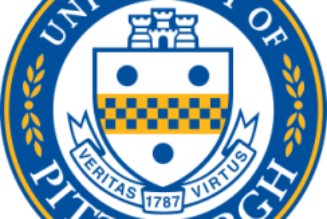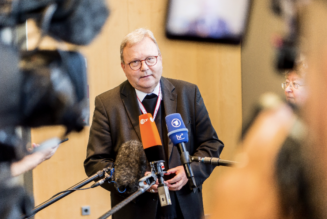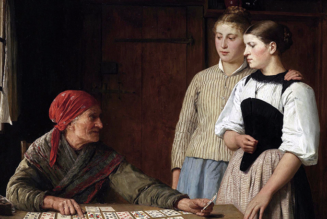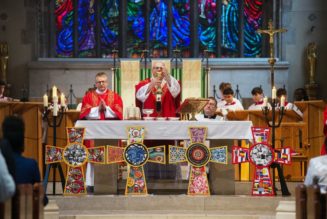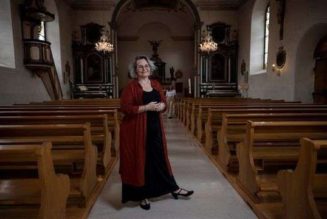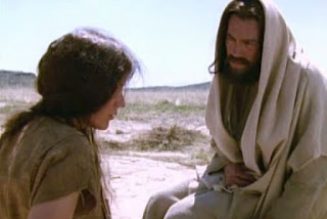To my mind our position today is approaching something rather medieval. Hear me out.
The constant talk of the novel coronavirus (and the synonyms we now use to describe our times: pandemic, epidemic, pestilence, etc.) has animated in my Catholic imagination references to the great plagues of the West. In fact, the Great Famine of 1315-1317 and the Black Death (bubonic plague) of 1347-1351 eviscerated Europe, causing the death of half the population by the most conservative estimates. Europe’s population would not recover until 1500.
Further, the growing economic precarity of the United States calls to mind the political instability and economic turmoil that scholars refer to as “The Crisis of the Late Middle Ages.” What caused this crisis? The Black Death no doubt led to great political unrest. The Holy Roman Empire was in decline. One interregnum (a period without an emperor) lasted from 1245 until 1312: a total of 67 years!
With the Empire weakened, peasants began to revolt against their lords. No longer did the three orders (those who work, those who pray, and those who fight) coexist in harmonious service to God and the common good. The peasants felt the burdens of heavy taxation and absentee government. They responded with riots.
But there’s still more.
Today, certain personalities within the Church sow discord as they undermine the confidence that laity should have in their bishops’ governing and teaching. Some even claim that Pope Francis was not validly elected. These facets of “internet Catholicism” call to mind the Western Schism, an ecclesial tragedy, when two (by the end of the schism, three) different men were concurrently claiming to be pope and excommunicating their rivals. This calamitous state of affairs lasted a jaw-dropping 39 years (1378-1417), finally coming to an end at the Council of Constance, where Pope Martin V was elected pope in 1417.
This was the 14th century. And this is the litany of its evils, which are not so different from our own. But who were the saints of the 14th century? Who belonged to the hope of that age?
One very great light were the brothers and sisters of St. Dominic’s Order of Preachers. St. Dominic, whom the Church recalls in pious memory each August 8, founded his order in 1216 for preaching, that is, for the salvation of souls.
What were the great tools of St. Dominic’s Order? What led to the Order’s great medieval witness?
The first great grace of the Order is undoubtedly St. Dominic’s love for the Church. The Mass for his feast begins with the singing of the antiphon, “In medio ecclesiae …” which means, from the midst of the Church. Dominic’s mission of preaching sprung forth from his love for the Church. He sorrowed deeply for those separated from her, and would pray nightly for the conversion of sinners.
One famous story from St. Dominic’s life tells that once in his travels he came upon an innkeeper who had fallen away from the Church and adopted a then-prominent heresy (Albigensianism). St. Dominic spent all night talking with the innkeeper and by morning convinced him to rejoin the Church. Such was his compassion and zeal that St. Dominic was able to be personally invested in the man.
We need this kind of love for the Church today. We don’t need triumphalism or slavish dogmatism that rejects deep inquiry and real engagement. We need a genuine concern for those who are not practicing their faith. To those who begin to sink, like Peter, we need to extend a hand, saying to them, “Take heart! Do not be afraid!”
Another grace of St. Dominic’s order is that it is a religious community. In an age marked by isolation, anxiety and loneliness, the model of friendship and presence of the Order of Preachers offers a healing balm. The preaching of the medieval Dominicans was effective because it was a communal act. The genuine witness of their lives, marked by poverty and chastity, flowed out of their shared way of life.
We will not become beacons of salvation to the world by crying out as voices alone in the wilderness. We are called to be disciples, followers of Jesus, who are gathered together in the ship of the Church.
The last grace of the order for our consideration here is devotion to the Blessed Mother. The Order of Preachers is the first religious order in the history of the Church to include the Blessed Mother in the formula for the profession of vows. Dominicans have special chants and devotions to the Blessed Mother, which to the present day are common practices in our communities. Above all, the Order of Preachers received and spread devotion to Mary’s Rosary.
The Rosary, a great prayer of hope, offers particular graces to those who recite it. It’s just not like other prayers. The Virgin Mary, who possessed an enduring hope and confidence in the work of Christ, was the first believer. It was Mary who was the first member of the Church, the first disciple of Jesus. In our day, when the Church appears to many to be sinking like Peter, we should resolutely call upon her intercession! We can be assured that she will pour forth grace upon grace into our hearts.
If our age is increasingly medieval, we have much to gain from the wisdom of medieval saints! We’re not in a new Middle Ages, not yet anyway, but the medieval saints will inspire us today.

